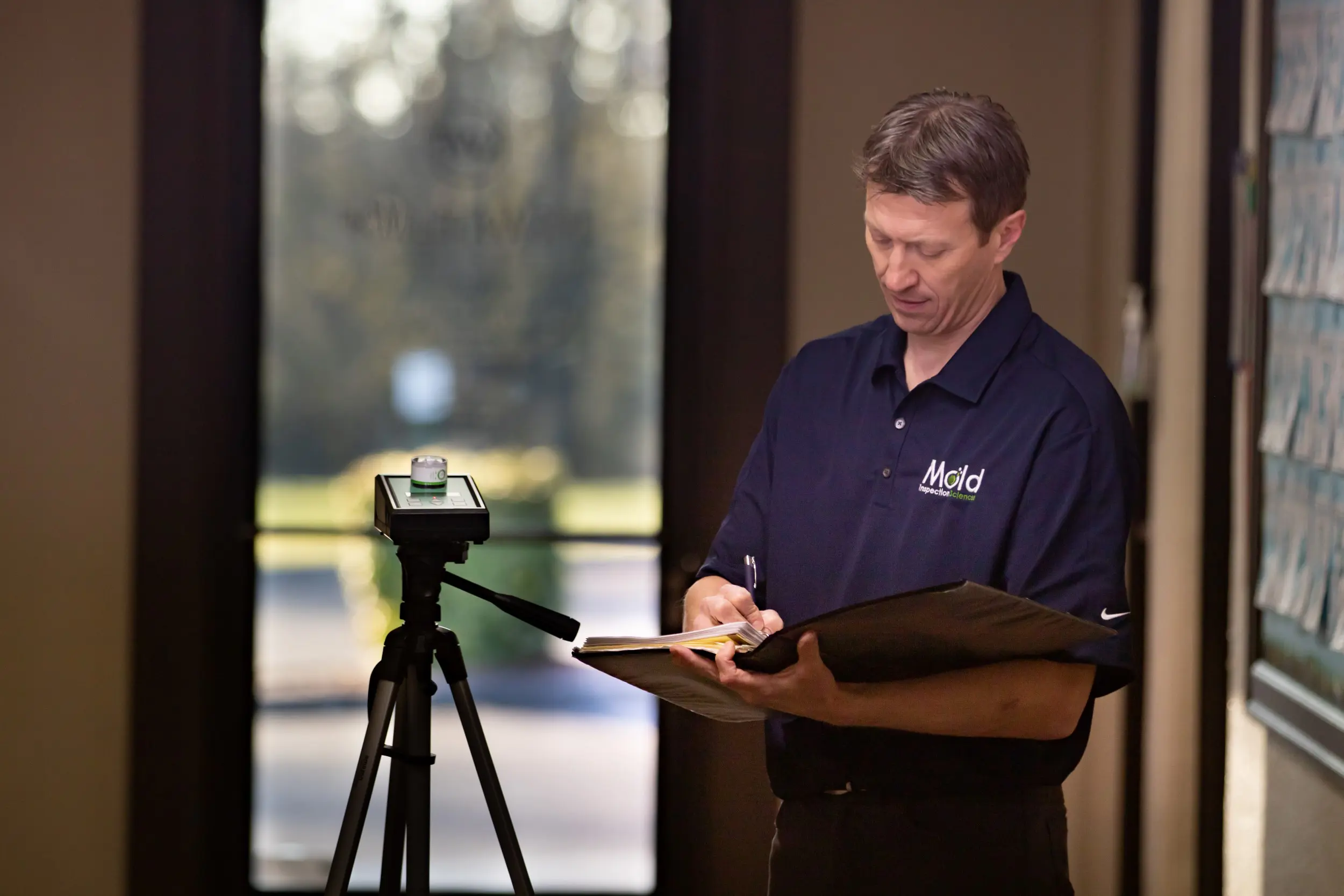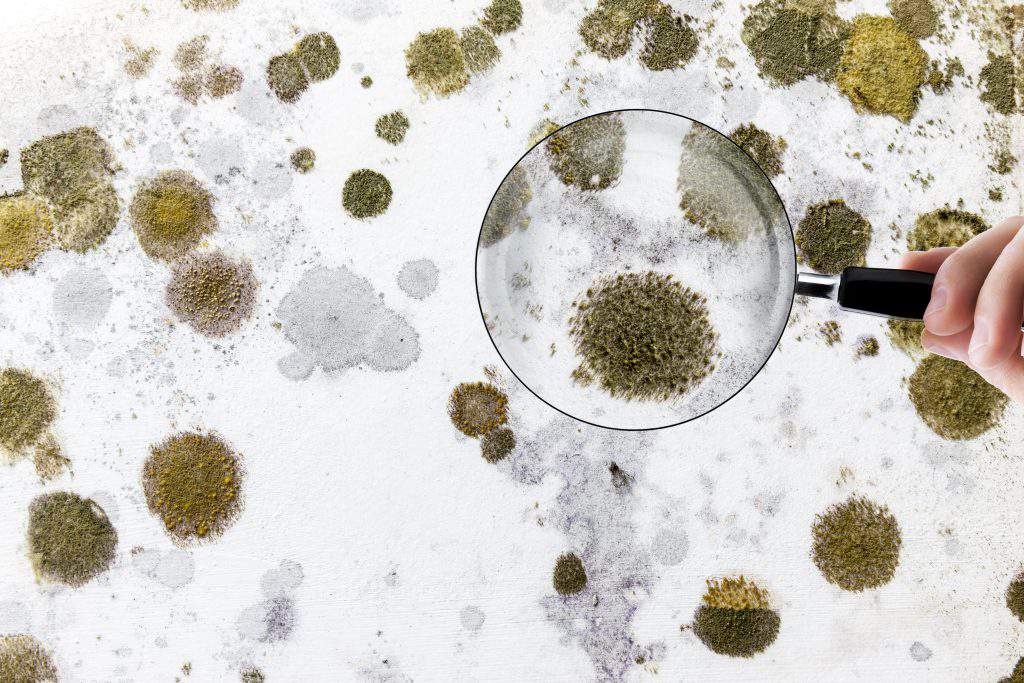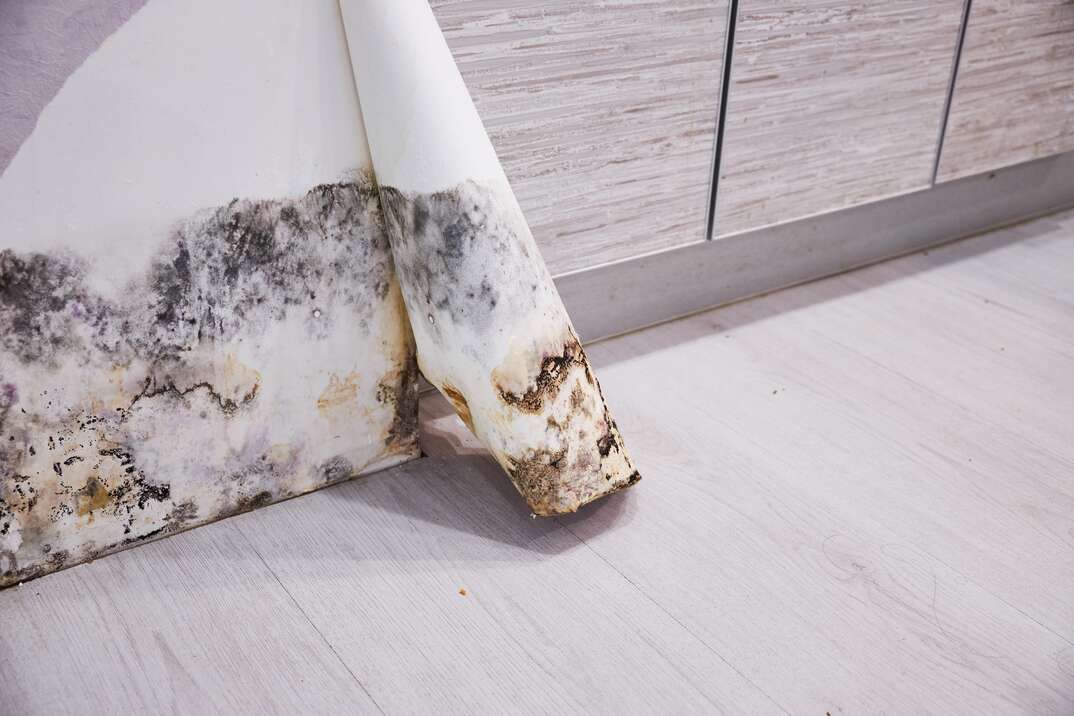Assistance on What to Do After Mold Remediation
Assistance on What to Do After Mold Remediation
Blog Article
Effective Post Mold And Mildew Remediation Solutions for Your Home
Mold development in homes can be a persistent concern, usually requiring a systematic strategy for efficient post-remediation services. From recognizing the factors that add to mold development to implementing proper cleansing techniques and dampness control actions, the procedure can be detailed yet critical for keeping a healthy and balanced living environment. Post Remediation Inspection near me.
Recognizing Mold Development Aspects
Mold development is affected by a range of elements that are important to comprehend in order to effectively resolve and stop its expansion. Comprehending these variables is crucial in implementing successful mold and mildew remediation techniques. The main factor adding to mold and mildew development is moisture. Mold spores need wetness to sprout and grow, making wet or humid settings extremely vulnerable to mold infestations. Poor ventilation can likewise lead to moisture build-up, producing an excellent reproduction ground for mold and mildew.

Additionally, air movement and light direct exposure can influence mold and mildew growth. Areas that lack appropriate air flow and all-natural light are more vulnerable to mold advancement. By resolving these factors thoroughly, people can effectively minimize mold and mildew development and guard their living atmospheres.
Correct Mold Cleansing Strategies
Making use of efficient cleansing approaches is essential in avoiding the recurrence and resolving of mold contamination in interior atmospheres. The very first action in proper mold cleaning is to contain the damaged location to protect against the spread of spores to uncontaminated areas.

Executing Wetness Control Steps
To successfully stop mold and mildew development and contamination in interior settings, carrying out moisture control procedures is paramount. In addition, guaranteeing proper air flow in locations susceptible to moisture buildup, such as kitchen areas and shower rooms, can assist decrease the risk of mold growth. By diligently executing these wetness control steps, homeowners can successfully reduce the likelihood of mold and mildew recontamination and maintain a healthy indoor atmosphere.
Utilizing All-natural Remediation Solutions
After efficiently executing wetness control steps to protect against mold and mildew development in interior environments, home owners can currently explore the performance of natural remediation remedies in maintaining a healthy and balanced living room. Natural remediation remedies use environmentally pleasant approaches to combat mold and mold, making them a prominent option for those looking for safe options. By integrating these natural removal solutions right into their cleaning regimens, home owners can successfully combat mold growth while promoting a healthier interior setting for themselves and their households.

Keeping a Mold-Free Setting
In order to stop mold reappearance and guarantee a regularly mold-free atmosphere, it is vital for home owners to apply proactive upkeep techniques. Routinely inspecting locations vulnerable to mold growth, such as restrooms, kitchens, basements, and attic rooms, is critical. Dealing with any leakages, water damage, or excess his comment is here wetness without delay can significantly decrease the risk of mold and mildew growth. Post Mold Remediation Report. Correct air flow in locations with high moisture degrees is likewise crucial to stopping mold development. Using dehumidifiers or exhaust fans can aid maintain ideal dampness levels and dissuade mold and mildew spores from thriving.
In addition, maintaining sanitation in the home is vital for mold and mildew avoidance. Maintaining indoor plants in check and making certain appropriate drainage in outdoor landscaping can lessen wetness accumulation, lowering the likelihood of mold and mildew problems.
Verdict
Finally, it is vital to deal with mold and mildew growth factors, utilize correct cleaning strategies, execute moisture control actions, utilize all-natural removal services, and keep a mold-free atmosphere in order to successfully manage blog post mold removal in your home - testing air quality after mold remediation. By adhering to these strategies, you can protect against mold from recurring and ensure a healthy and balanced living environment for you and your family members
The primary aspect contributing to mold and mildew development is dampness. Mold spores require moisture to sprout and thrive, making damp or moist atmospheres extremely at risk to mold problems.To efficiently prevent mold and mildew development remove mold outside house youtube and contamination in indoor environments, carrying out dampness control procedures is paramount. Furthermore, making sure appropriate air flow in areas susceptible to moisture accumulation, such as washrooms and kitchen areas, can help decrease the risk of mold growth.After effectively carrying out dampness control actions to stop mold and mildew growth in interior atmospheres, home owners can now discover the performance browse around these guys of natural remediation services in maintaining a healthy and balanced living room.
Report this page